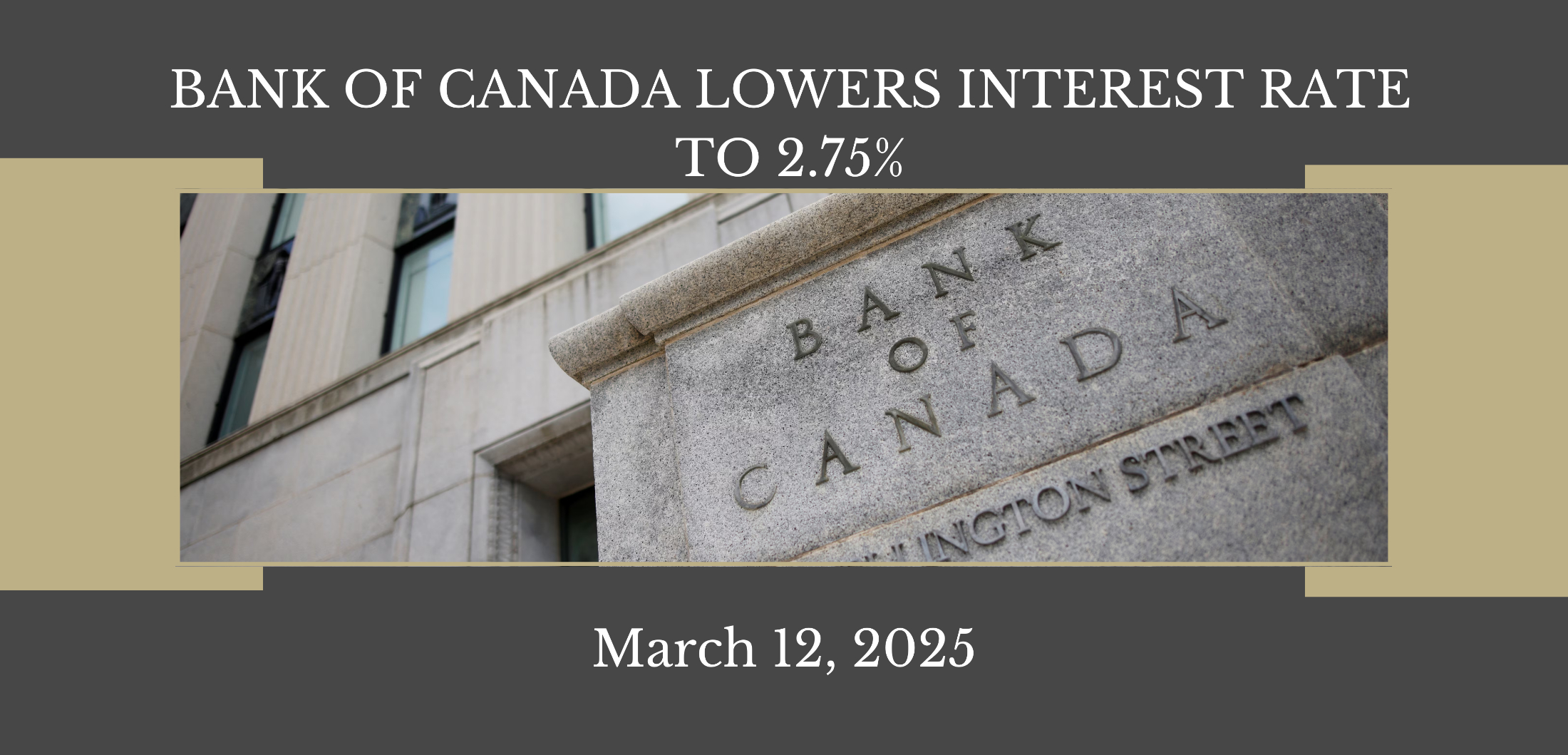If you're nearing retirement or have already stepped into this exciting new chapter of life, you may be considering downsizing. Moving to a smaller home, a condo, or a retirement community can help simplify your lifestyle, reduce financial stress, and allow you to focus on the things you love—whether that’s travel, hobbies, or spending more time with family.
So, how do you know if it’s time to downsize? Here are some key signs to look out for:
1. Your Home Is Becoming a Safety Concern
If you're experiencing frequent falls or find it challenging to navigate stairs, your current home may no longer be the best fit. A single-storey home, condo with an elevator, or a retirement community designed with accessibility in mind could provide a safer and more comfortable living environment.
2. Home Maintenance Feels Overwhelming
Keeping up with yard work, snow removal, and ongoing repairs can be exhausting—especially if you're spending more time and money on maintenance than enjoying your home. Downsizing to a smaller, more manageable space can relieve this burden and give you more freedom.
3. Housing Costs Are Becoming a Financial Strain
If your monthly housing costs exceed 30% of your income, it might be time to explore more affordable options. Downsizing can free up finances, lower your monthly expenses, and provide more flexibility to enjoy your retirement.
4. You Want to Access Your Home Equity
If you've built up significant equity in your home, downsizing can unlock those funds for travel, leisure, or even helping family members with major life expenses. Selling your current home could allow you to live more comfortably without worrying about financial constraints.
5. Your Home No Longer Fits Your Needs
Maybe you have extra rooms that sit empty or a large backyard you no longer use. If your home no longer suits your lifestyle, it may be time to consider a space that better aligns with your current needs.
6. You Feel Disconnected from Your Neighbourhood
Has your neighbourhood changed over the years? Perhaps long-time neighbours have moved, or the community no longer feels like the right fit. If you're longing for a stronger sense of belonging, a move to a retirement-friendly area or a community with shared amenities could be a great option.
7. You Want to Be Closer to Loved Ones
If your family has relocated and you’re feeling the distance, downsizing could be an opportunity to move closer to them. Being near loved ones can bring peace of mind and make family gatherings more convenient and frequent.
Embracing New Possibilities
Letting go of a home filled with memories is never easy, but downsizing isn’t about giving up—it’s about creating space for new experiences and opportunities. Whether it’s a move to a more accessible home, a vibrant retirement community, or a peaceful downsized retreat, this transition can open the door to a more fulfilling and stress-free lifestyle.
If you’re considering downsizing but aren’t sure where to start, we’re here to help. Our experience can guide you through every step of the process, from evaluating your home’s value to finding the perfect new space that fits your needs.
Check out our Downsizing Guide for more information.




.png)
